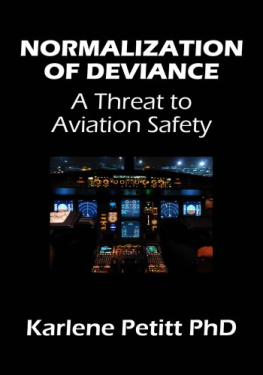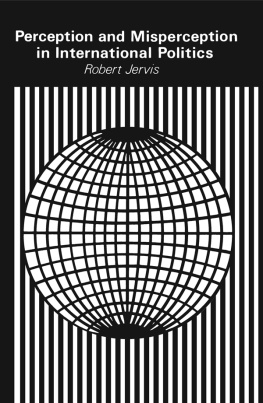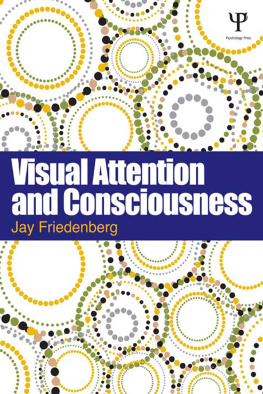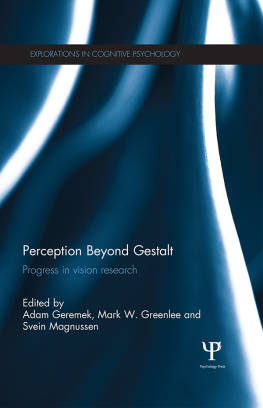AVIATION VISUAL PERCEPTION
Aviation Visual Perception
Research, Misperception and Mishaps
RANDY GIBB
United States Air Force Academy, USA
ROB GRAY
Arizona State University, USA
&
LAUREN SCHARFF
United States Air Force Academy, USA
ASHGATE
Randy Gibb, Rob Gray and Lauren Scharff 2010
All rights reserved. No part of this publication may be reproduced, stored in a retrieval system or transmitted in any form or by any means, electronic, mechanical, photocopying, recording or otherwise without the prior permission of the publisher.
Randy Gibb, Rob Gray and Lauren Scharff have asserted their right under the Copyright, Designs and Patents Act, 1988, to be identified as the authors of this work.
Published by
Ashgate Publishing Limited
Wey Court East
Union Road
Farnham
Surrey, GU9 7PT
England
Ashgate Publishing Company
Suite 420
101 Cherry Street
Burlington
VT 05401-4405
USA
www.ashgate.com
British Library Cataloguing in Publication Data
Gibb, Randy.
Aviation visual perception : research, misperception and mishaps. -- (Ashgate studies in human factors for flight operations)
1. Airplanes--Piloting--Human factors. 2. Visual perception. 3. Airplanes--Piloting--Safety measures.
I. Title II. Series III. Gray, Rob. IV. Scharff, Lauren.
629.13252-dc22
ISBN: 978-0-7546-7497-9 (hbk)
ISBN: 978-0-7546-9891-3 (ebk)
ISBN: 978-1-4094-8627-5 (ebk-ePUB)
Library of Congress Cataloging-in-Publication Data
Gibb, Randy.
Aviation visual perception : research, misperception and mishaps / by Randy Gibb, Rob Gray and Lauren Scharff.
p. cm. -- (Ashgate studies in human factors for flight operations)
Includes index.
ISBN 978-0-7546-7497-9 (hardback) -- ISBN 978-0-7546-9891-3 (ebook)
1. Flight--Physiological aspects. 2. Visual perception. 3. Aeronautics--Human factors. I. Gray, Rob. II. Scharff, Lauren. III. Title.
RC1075.G53 2010
616.980213--dc22
2009038272

Printed and bound in Great Britian by MPG Books Group, UK
Contents
List of Figures
List of Tables
Foreword
There is an old saying that if humans were meant to fly, they would have been born with wings. If I had any choice in the matter, Id be more realistic and trade the wings for a bit more reliable sensory system; one that was fine-tuned for flying and played fewer tricks on me on dark and stormy nights. When it comes to the evolution of the human visual processing system, 100 years of manned flight doesnt begin to scratch the hourglass. Eyes that have evolved for bipedal hunting and gathering have some catching up to do to handle the three dimensional variations of manned flight. But we are who we areand that is why this book is so vitally important.
Comprehending the complexities and limitations of human vision in aviation is essential to operators of all types of aircraft. In the past, the importance of this subject has been understated, neglected or overlooked altogether by most aviators. Perhaps we can blame this oversight on the fact that there has not been a good single point of reference on the subject of visual perception in aviation. Thanks to Dr. Gibb, Dr. Gray, and Dr. Scharff, that problem no longer exists. Aviation Visual Perception combines deep pools of evidence-based and science-based research without losing the key messages for those who just want to learn to fly better. That is no small feat.
Currently, aviators learn to adapt their ground-based vision to the aviation environment through trial and error, using techniques offered by their instructors or shared pilot to pilot. Vital topics such as composite crosscheck, see and avoid scanning and visual illusions are informally passed along generation to generation, evolving nearly as slowly as we are. It is not that the scientists arent doing their jobs; they certainly are. Each year there are dozens of advances made in key areas regarding the human machine interface. However, up until now you had to comb through dozens of scientific journals to find these studies. Even then, the relevant material was not always user-friendly or easily understood, at least not for knuckle-dragging pilots like myself. But beyond pulling the essential materials together in a single reference, there is another reason this book is a true breakthrough.
Pilots, as well as other aviation professionals, are a skeptical lot. We are only as committed as we are convinced. It is not enough to be offered new tools and techniques for improvement; we want to know why something works. Even then, we still have to prove it to ourselves. Toward that end, this book crosses a panoramic landscape of material essential for pilots as well as others associated with the design and engineering of aircraft to provide the baseline comprehension of how our visual systems workand sometimes dont workowing to our human limitations.
provides the finest compilation and discussion of visual illusions I have ever read, and pilots who internalize this information will be immediately safer. You will also find relevant and actionable information on visual flying, night flying and a list of those fatal factors that have resulted in too many funerals owing to avoidable aviation mishaps.
Most readers of this book will understand that much of what we know about safety is a direct result of the loss of thousands of our brothers and sisters who failed to return from what should have been routine flights. The draconian nature of aviation is such that a single visual illusion at the wrong moment can mean the difference between life and death. Most seasoned pilots, including this one, will admit to moments of terror when we temporarily lost situational awareness owing to spatial disorientation when our sensory systems could not keep up. This book will make those moments less frequent, and in so doing will save lives.
Only the right mix of operational and scientific background could have produced this book and it is exceedingly rare to find that captured by a trio of authors. Their contribution provides the aviation community with not only a stunningly comprehensive reference text on the physiological and psychological aspects of vision in the aviation environment, but also offers the entire industry a vision of the future where enhancements in the human-machine interface will improve both safety and operational effectiveness for decades to come.
The book of Proverbs (29:18) reminds us, where there is no vision, the people perish, and with Aviation Visual Perception, the authors provide a clear articulated vision of how important it is to understand the nuances of our most dominant and important sense for everyone who flies.
Tony Kern, Ed.D.
Retired Air Force pilot and author of Redefining Airmanship, Flight Discipline and Darker Shades of Blue: The Rogue Pilot
Chapter 1
Vision in Aviation
Veridical perception of visual cues is necessary for spatial orientation and controlling our movements as we navigate within our environment. Driving and athletics are two arenas with which everyone can associate in terms of visually guided behavior and successful execution of desired goals. In typical daily life our interface with the environment consists of our feet on or near the ground, movements in the left-right and/or fore-aft direction as well as a one-gravitational force (1-G) acting vertically on our bodies with the horizon straight ahead. The interpretation of visual cues from the environment and the perception of vestibular inputs as we maneuver ourselves are founded on these typical constants, leading to confidence about where our feet are, where the horizon is, and which is up.
Next page










